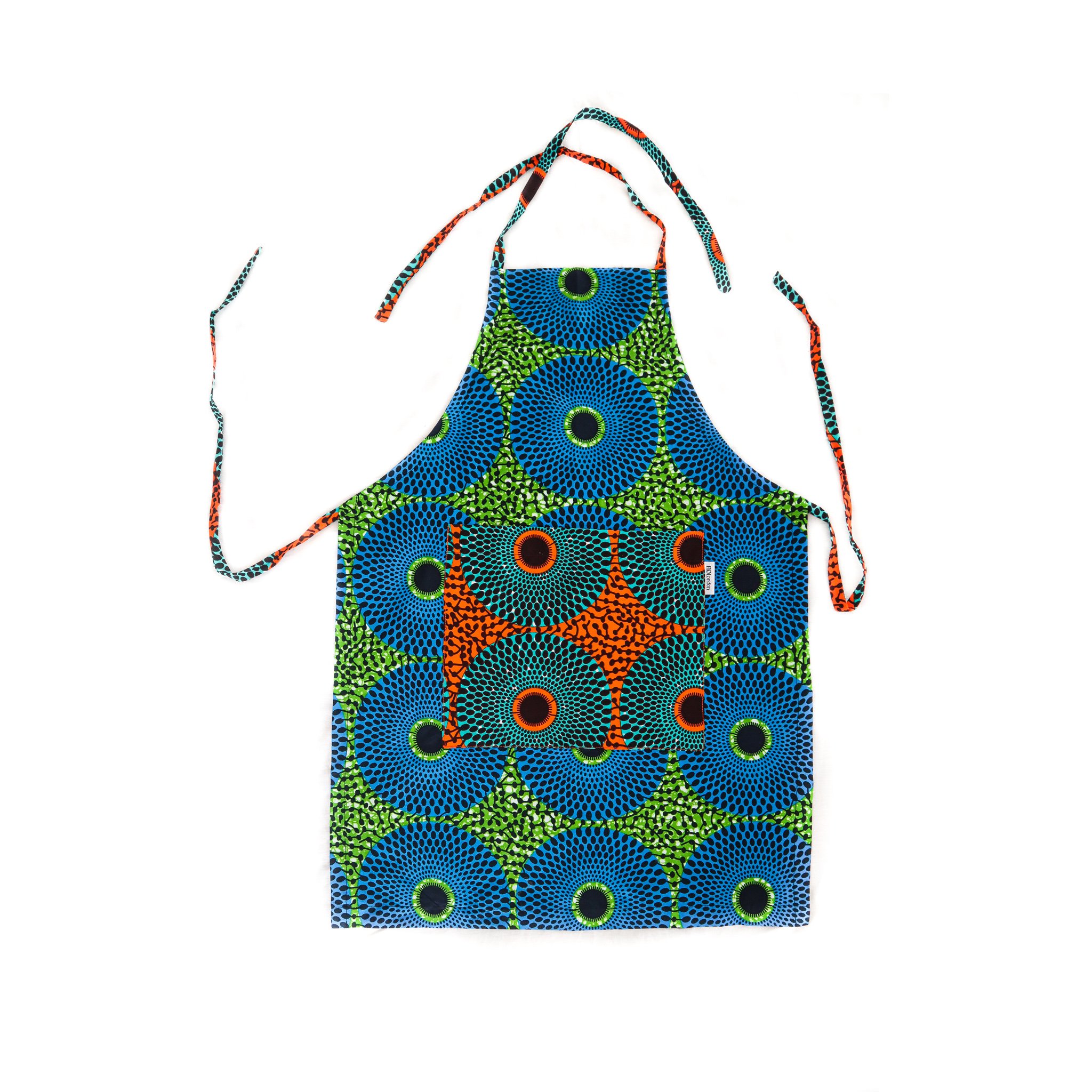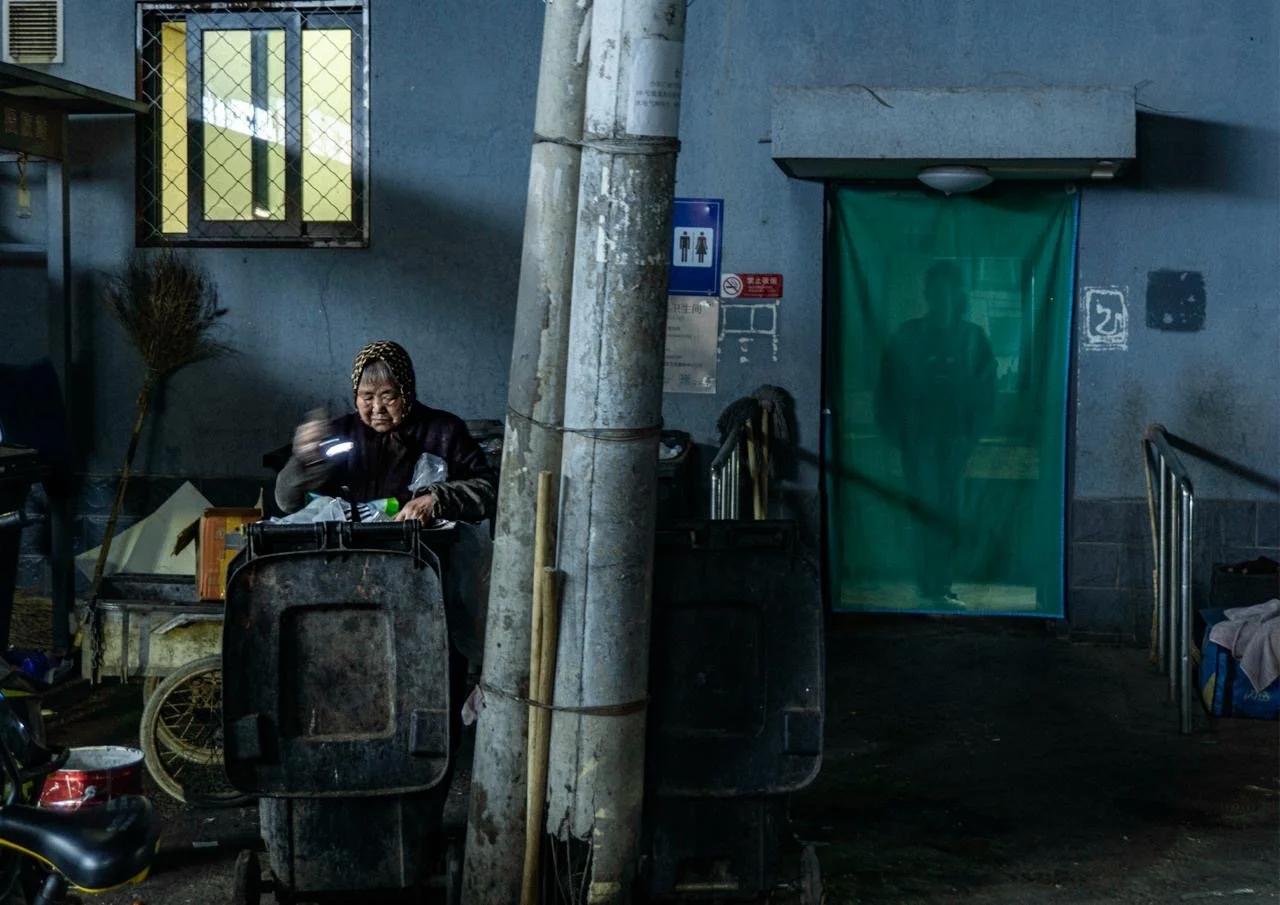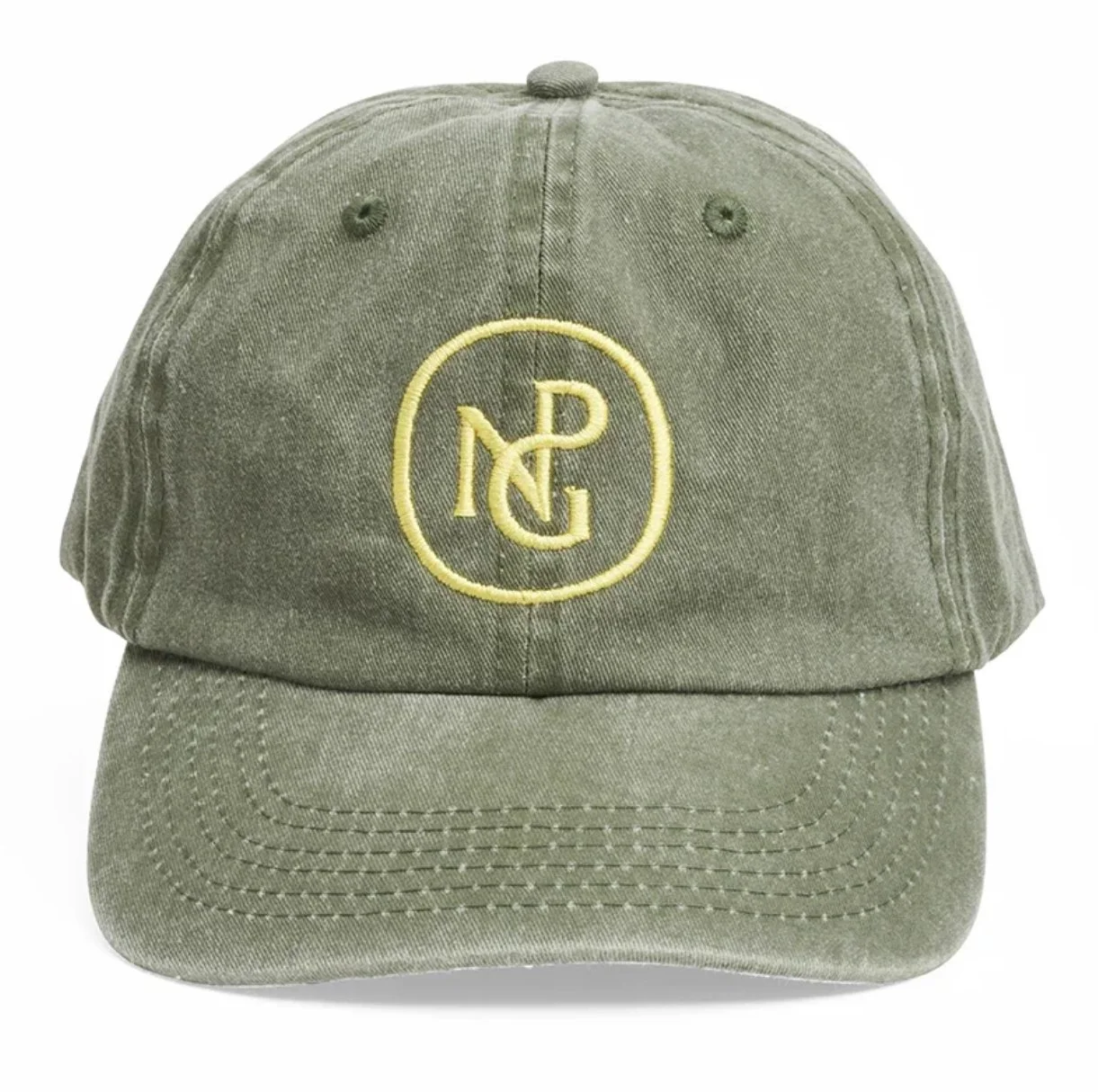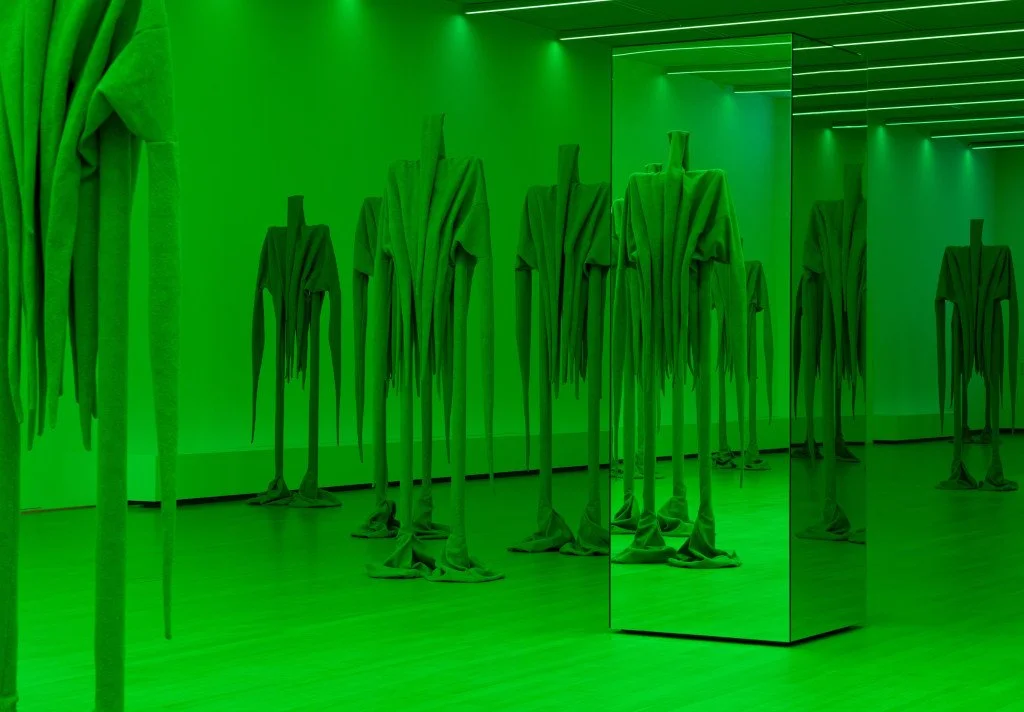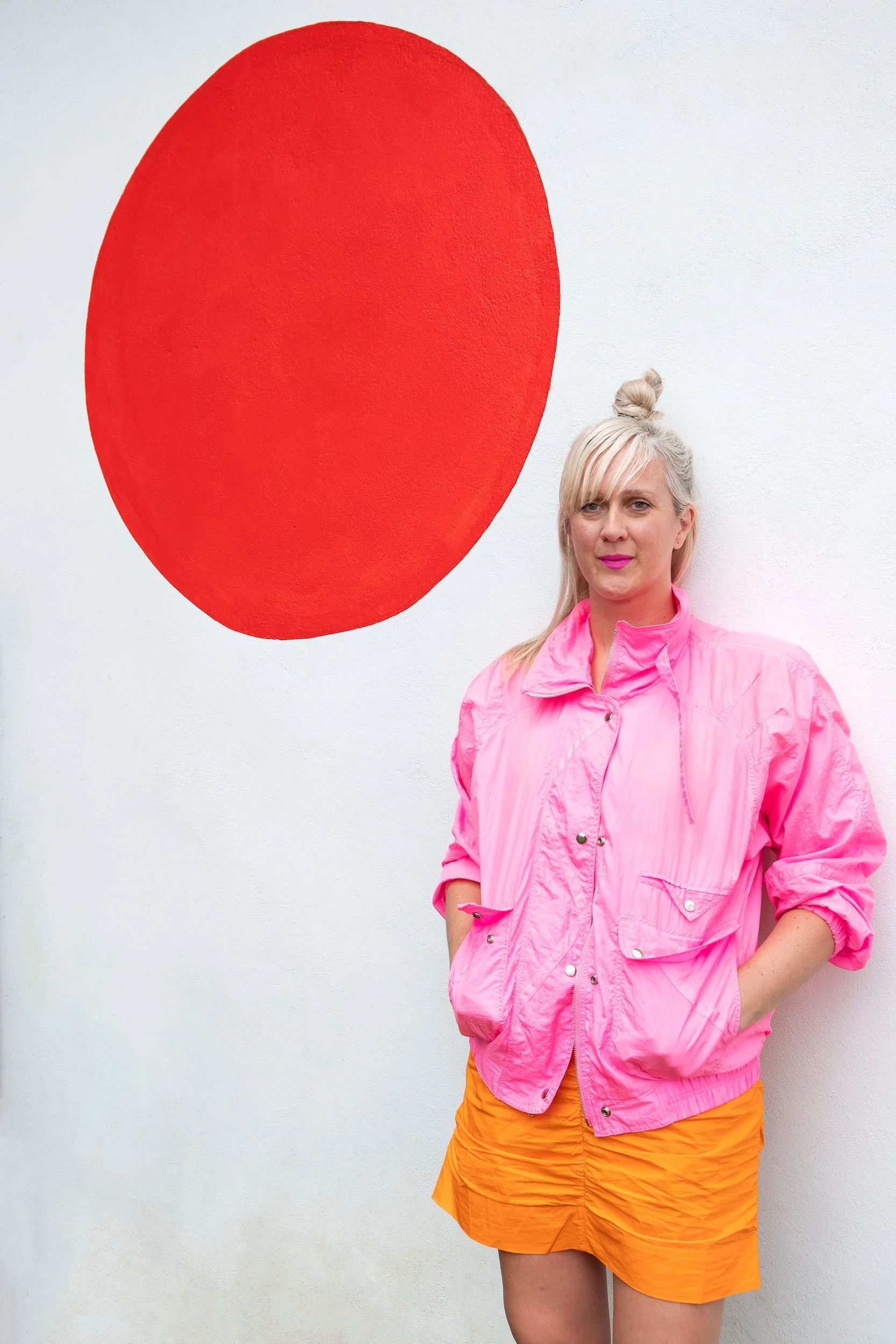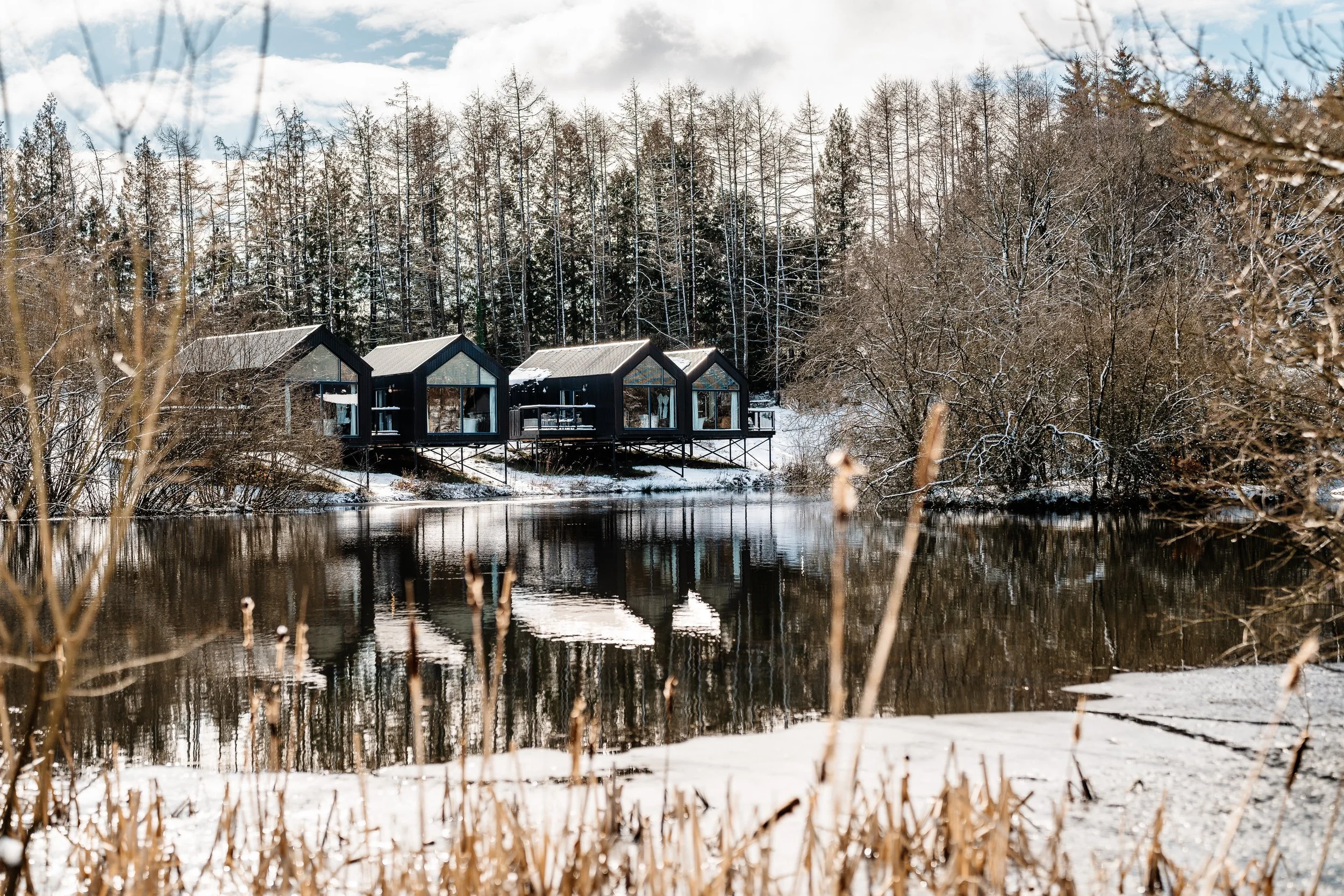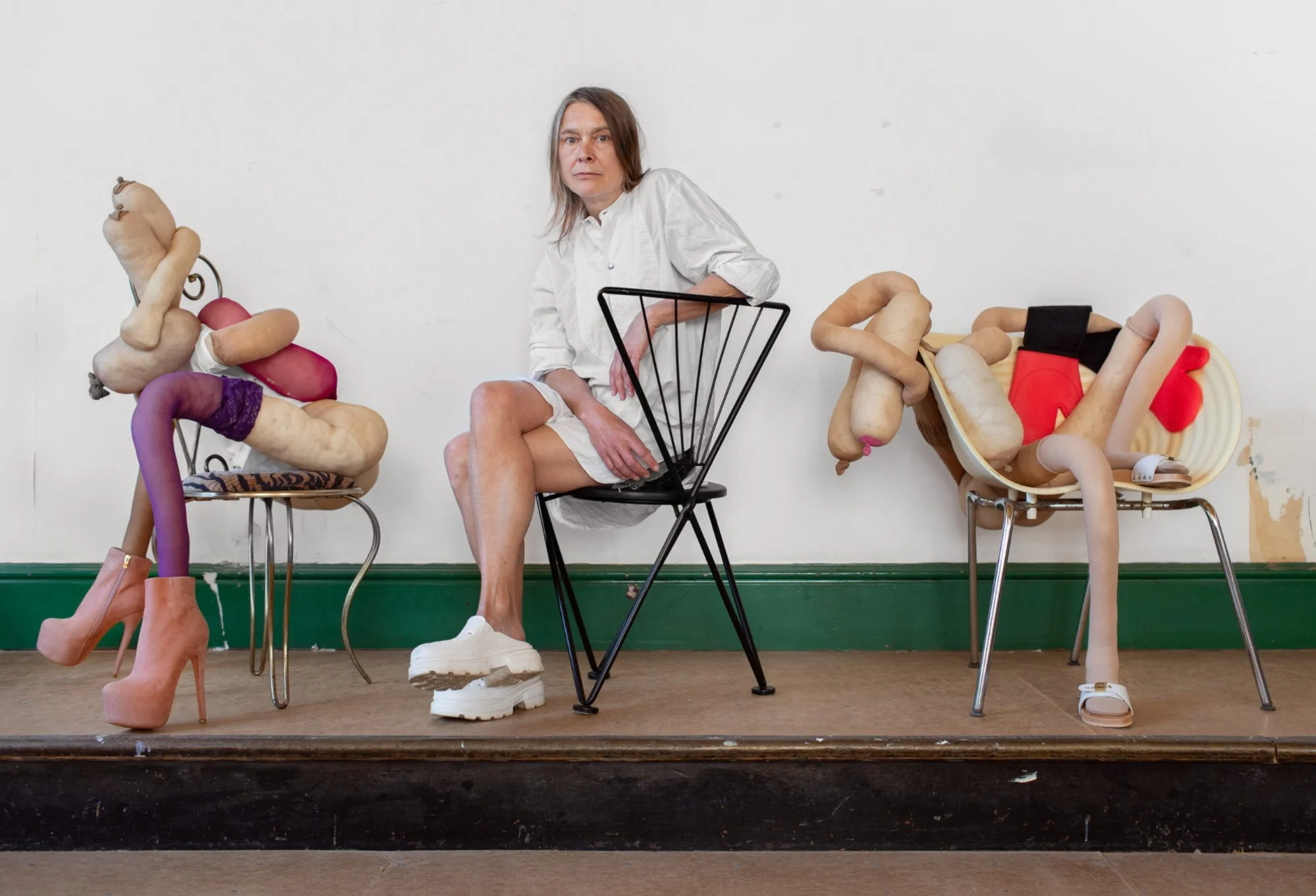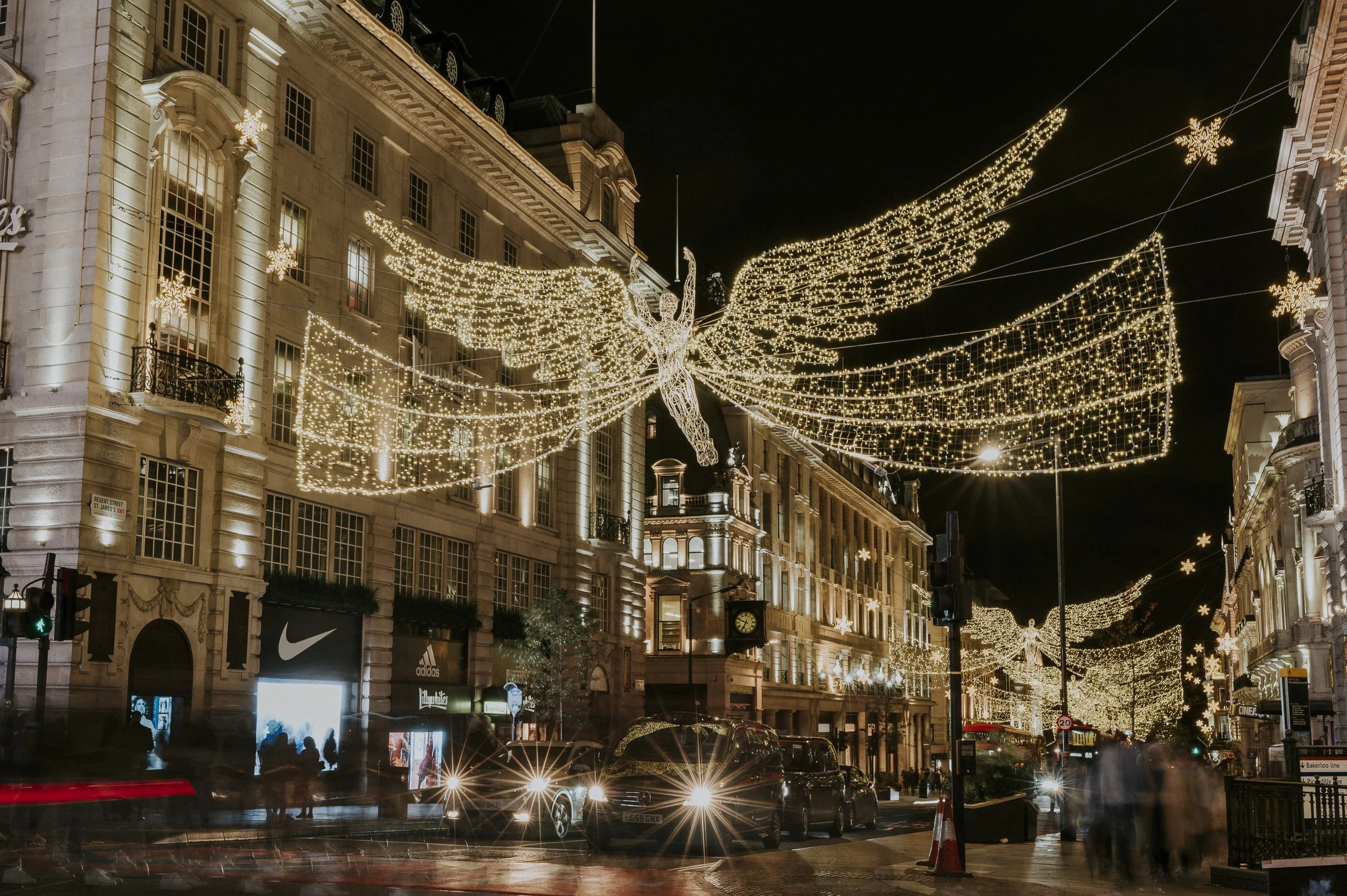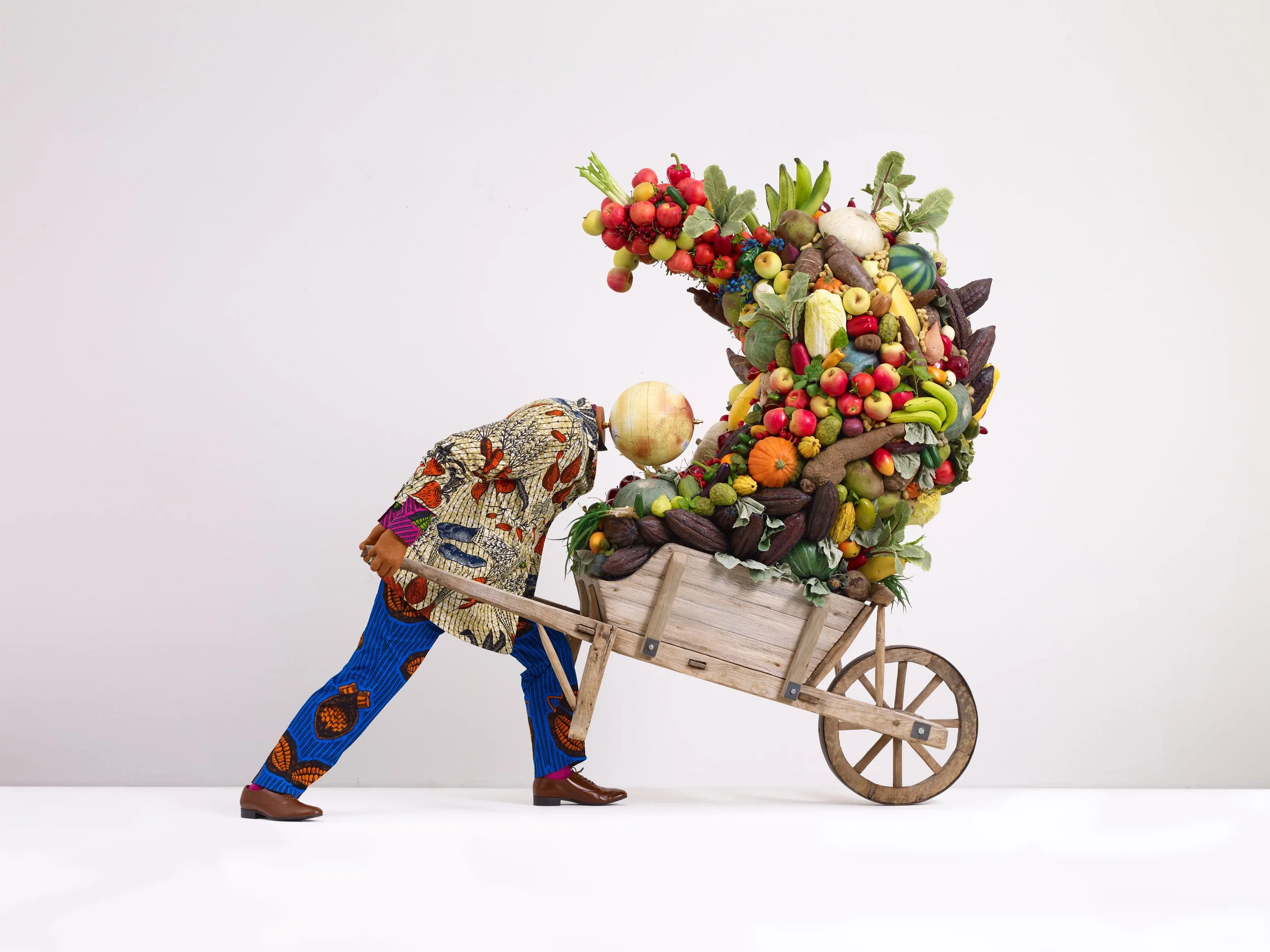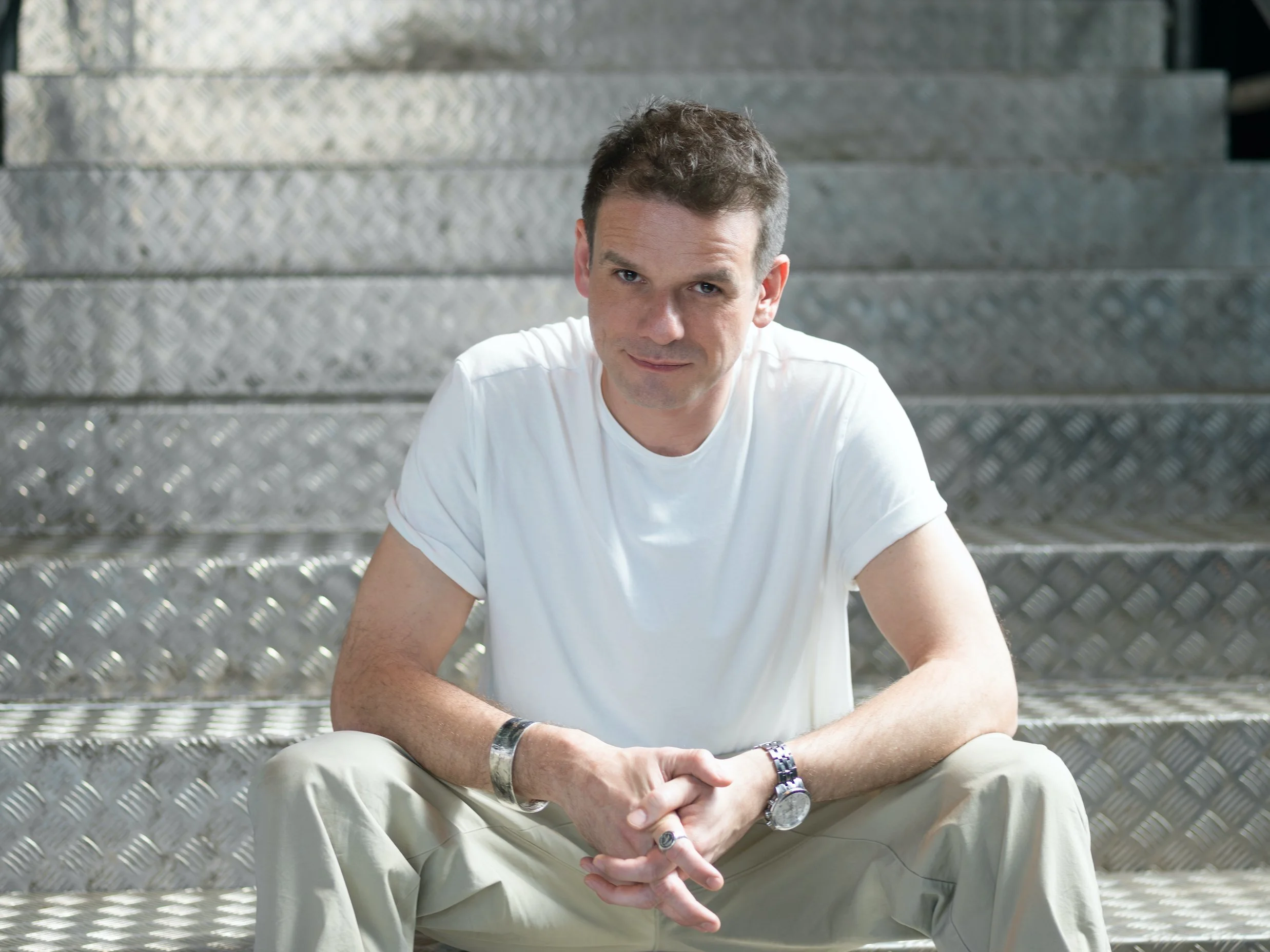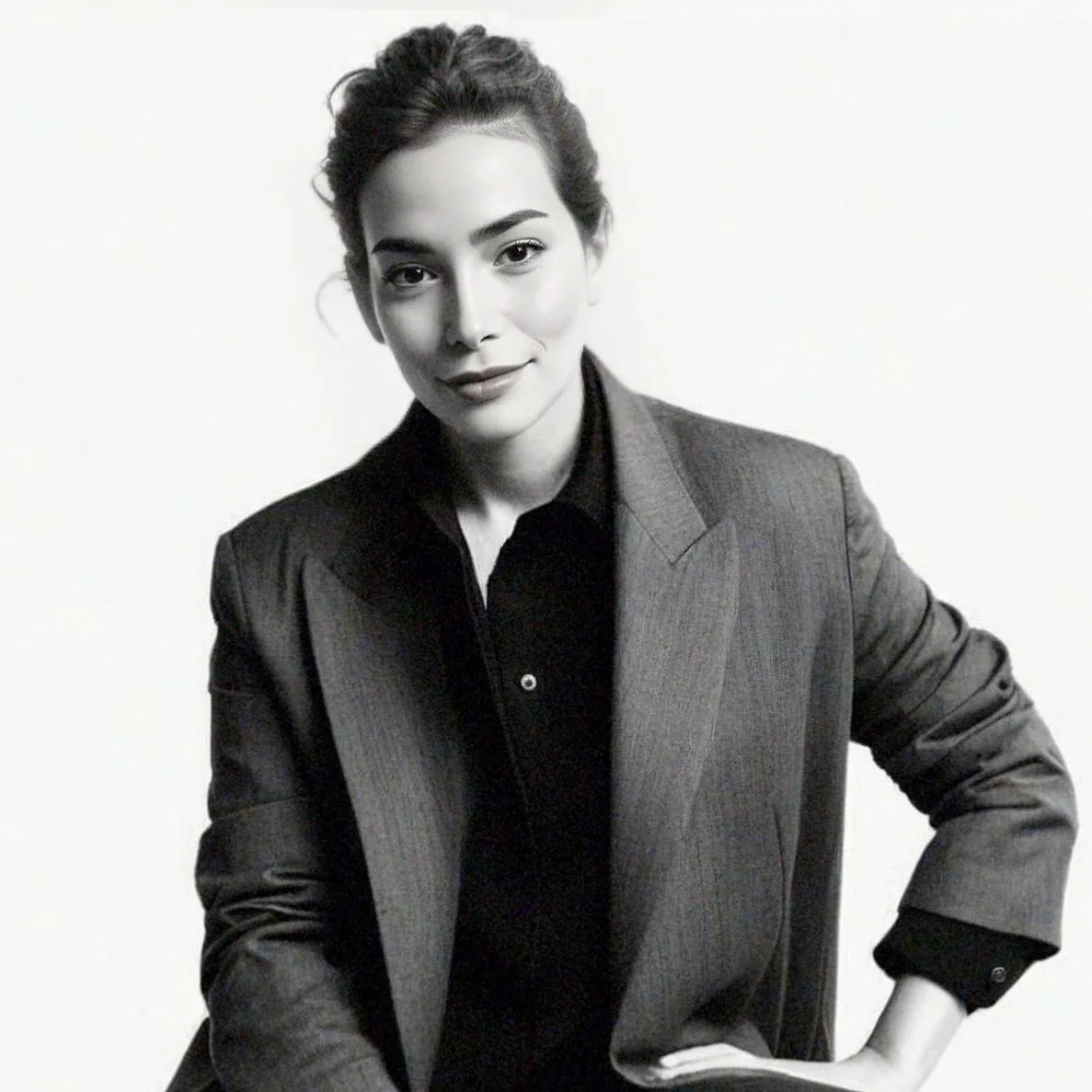Edward Burra at Tate Britain review
Edward Burra described painting as a ‘sort of drug’, a tonic to the rheumatoid arthritis that plagued his daily existence. Under its influence, he became one of the great observers of the twentieth century, creating vivid and surreal scenes that captured a rapidly changing society.
The latest exhibition of Burra’s work at the Tate Britain, the first retrospective of the artist in over a decade, covers his expansive 50-year practice and includes works from his diverse travels across Europe and America.

Edward Burra Minuit Chanson 1931 Private Collection.
It is divided chronologically into the different stages of his artistic life and supported by a rich library of newspaper clippings, sketches, music and literature. These additions help to situate the viewer in time and place, whilst giving an interesting insight into the interplay of first-hand experience and memory in Burra’s creative process.
The exhibition does an excellent job of demonstrating the myriad styles and subjects Burra worked with, from the vivid depictions of crowded jazz bars during the Harlem renaissance, to set designs produced for the Royal Opera House and Sadler’s Wells, and otherworldly UK landscapes haunted with post-war anxiety.

Edward Burra, John Deth (Hommage to Conrad Aiken) 1931 Whitworth Art Gallery.
It is Burra’s scenes of the Harlem renaissance and 1930s America that are the most eye-catching. On a visit to New York and Boston he immersed himself in vibrant music, cabarets and nightlife with an enthusiasm that’s evident his art. Lively scenes burst with characters from gospel choirs, jazz bands and salsa dancers, the perspective collapsed to fit in as much action into the frame as possible.
Known for his watercolours, Burra uses the medium boldly, with bright colours and clearly defined edges. In these Harlem scenes, this sharpness juxtaposes the works’ surrealism, reminding us of the gritty metropolis and often harsh reality of twentieth century urban life that sits just below the surface.

Edward Burra, Landscape, Cornwall, with Figures and Tin Mine 1975. Private collection.
Later rooms focus on the cultural and historic moments Burra encountered, such as the Spanish Civil War. His style feels more at odds with these times of conflict. The caricatures of soldiers and grinning devils peering down from above have an uneasy and confusing air, and explanations of Burra’s own political views are scant.
The final room displays landscapes of post-war English countryside, painted in the year before his death. Due to declining health, Burra’s travel was limited to driving tours of Britain and Ireland. In search of sublime natural beauty, he turns away from the busy, urban scenes of his earlier artistic career. These works are more subdued and fragmented, with a haunting air that evokes the anxiety of the post-war industrial revolution.
Date: 13 June – 19 October 2025. Location: Tate Britain, Millbank, London SW1P 4RG. Price: from £18. Concessions available. Book now
Review by Ellen Hodgetts
Maggie Jones’s is back and the residents of Kensington and their regulars will be thrilled. The restaurant, tucked away off Kensington Church Street, is a slice of London lore. In the 1970s, Princess Margaret and Lord Snowdon were such devoted regulars that the staff referred to her under the alias “Maggie Jones”….
Afra Nur Uğurlu is a visual artist and recent London College of Communication graduate whose practice bridges beauty, fashion, art, and cultural studies. In this interview, we discuss Hinterland, her zine exploring how the Turkish diaspora navigates and challenge es dominant representations…
A poignant review of two debut exhibitions curated by Yiwa Lau, exploring memory, community, and our emotional ties to place, from London’s overlooked moments to a disappearing village near Beijing.
The Lagos International Theatre Festival 2025 (LIFT) kicked off in spectacular fashion at the Muson Centre on 14th November. The star-studded opening night featured electrifying theatre, music, dance, and even an impromptu rap freestyle from Lagos Governor, Mr. Sanwo-Olu…
Miami Art Week 2025 transforms the city into a global art hub, featuring Art Basel, Design Miami, top fairs, museum exhibitions, and pop-ups. From established galleries to emerging artists and installations, the week offers a dynamic snapshot of contemporary creativity across Miami Beach, Wynwood, Downtown, and the Design District…
Here is our guide to Christmas gifts you can buy at London gallery shops, to help you find presents for loved ones, friends, or a Secret Santa at the office. From The Courtauld to the National Gallery, every purchase helps fund exhibitions…
From historic toyshops and independent markets to avant-garde boutiques and curated art book shops, these locations showcase creativity, charm, and festive spirit, making Christmas shopping in London a truly enjoyable experience…
Townsend Productions is marking the 50th anniversary of the Grunwick Strike (1976–1978) with the return of We Are the Lions, Mr Manager!, a powerful play written and musically directed by Neil Gore and directed by Louise Townsend. The production features Rukmini Sircar as Jayaben Desai. Ahead of the London run, we spoke to Neil Gore and Rukmini Sircar…
London is full of festive wreath-making workshops this winter, from traditional seasonal designs to bold, contemporary creations. Whether you’re a beginner or a seasoned crafter, these hands-on sessions at luxury studios, hotels, or community events…
Amsterdam is a beautiful city to visit in the autumn, with its canals framed by colourful leaves and crisp, atmospheric streets perfect for exploring. To help plan your cultural itinerary, we’ve put together a guide to some of the art exhibitions worth visiting this season. Highlights include Sandra Mujinga’s…
This Christmas, sketch, London’s iconic destination for art, design and dining, is embracing the alpine charm of après ski with a special installation called The Art of Après…
The Victoria and Albert Museum has announced that the highly anticipated V&A East Museum will open its doors on 18 April 2026, marking a major new chapter for the cultural landscape of east London…
The afternoon tea pays homage to the renowned wood-block print artist, Katsushika Hokusai known for his distinctive depictions of landscapes and portraiture. His art and Japanese flavours inspire the menu….
BBC Radio 1 presenter, DJ, podcaster, and award-winning entrepreneur Jaguar joined us for our In conversation with series to discuss her journey from sneaking out to raves on the tiny island of Alderney to becoming a tastemaker in the UK dance scene, her debut EP flowers…
Discover 10+ locations in London where you can enjoy the celebrations on the weekends before and after and the official Bonfire Night itself…
Annie Frost Nicholson is an artist whose work sits at the electric intersection of personal memory, public ritual and emotional release. Known for transforming private grief into bold, colour-saturated experiences - from stitched paintings to micro-discos - Annie’s practice creates space for collective healing without losing the rawness of its origins…
As far as weekend getaways go, this 70-acre estate offers a peaceful country escape with all the best elements of a traditional hotel experience. Staffordshire, arguably, is not yet on the map for luxury and leisure but set in the heart of the beautiful Staffordshire Moorlands, The Tawny surely is a beacon of things to come…
This month sees the opening of several remarkable duo exhibitions, from a showcase celebrating two of Britain’s most celebrated landscape painters, J.M.W. Turner and John Constable, at Tate Britain, to a show examining the long-standing friendship and artistic dialogue between British artists Maggi Hambling and Sarah Lucas at Sadie Coles HQ and Frankie Rossi Art Projects. Here is our guide to art exhibitions opening in London in November 2025…
From roaring dinosaurs to lively discos and creative workshops, London is bursting with family fun this October half-term. Whether you’re exploring Regent’s Park’s open-air art, dancing at Sadler’s Wells, or watching classic films at the Barbican, there’s something to entertain every age and interest across the city…
Cicoria by Angela Hartnett is located in none other than London’s iconic Royal Opera House. Hartnett’s reputation precedes her…
Here’s a roundup of when and where you can experience the best of London’s Christmas light switch-on events for 2025…
The fifth season of The Gallery, It’s Not Easy Being Green, opens across the UK on 7 October 2025 and in Brazil on 14 October, ahead of COP30 in Belém. Sixteen international artists, including Yinka Shonibare CBE RA, Hannah Starkey, and Uýra Sodoma, bring the climate crisis directly into public view. Instead of traditional galleries, their artworks appear on thousands of billboards…
Discover 20+ restaurants to dine at in London during Frieze London and Frieze Masters, from Mediterranean and Japanese to Italian, Middle Eastern, and modern British cuisine…
We spoke to visionary director Łukasz Twarkowski ahead of the UK premiere of ROHTKO, a groundbreaking production that takes inspiration from the infamous Rothko forgery scandal to ask urgent questions about originality, truth and value in art today. Combining theatre, cinema, sound and digital technology, the work challenges…
Iranian-born British curator and producer Tima Jam is the Founder of Art Voyage, a new migrant-led cultural platform committed to building a dynamic, equitable, and globally connected arts ecosystem through novel initiatives comprising exhibitions, public art, summits, residences, and community engagement to create a lasting cultural and social impact…
Caroline Guiela Nguyen’s LACRIMA is a staggeringly ambitious, searing expose of exploitation in the fashion industry and what people are prepared to sacrifice in the pursuit of beauty. At almost three hours in length it is a bold undertaking, but the result is a powerful…
Absolut Vodka celebrated the launch of its Keith Haring Artist-Edition bottle with a public art takeover, transforming London’s Charing Cross station into “Haring Cross” on 17–18 September. We spoke with Deb Dasgupta, Absolut’s Vice President of Global Marketing…
Maya Gurung-Russell Campbell is an artist working across sculpture, image, and text, exploring personal and collective memory. She is currently studying at the Royal Academy Schools (graduating 2026) and holds a BA in Photography from the London College of Communication…
Malta’s cultural life has levelled up. The newly opened MICAS dazzles on the international art stage, while independent galleries are showcasing bold contemporary voices. Heritage remains at the core, with the National Museum of Archaeology and the ancient walled city of Mdina reminding visitors of Malta’s millennia of rich and colourful history…
Danielle Brathwaite-Shirley lives and works between Berlin and London. Working predominantly in animation, sound, performance and video game development, and with a background in DIY print media and activism, the artist’s practice focuses on intertwining lived experience with fiction to imaginatively retell and archive the stories of Black Trans people…
